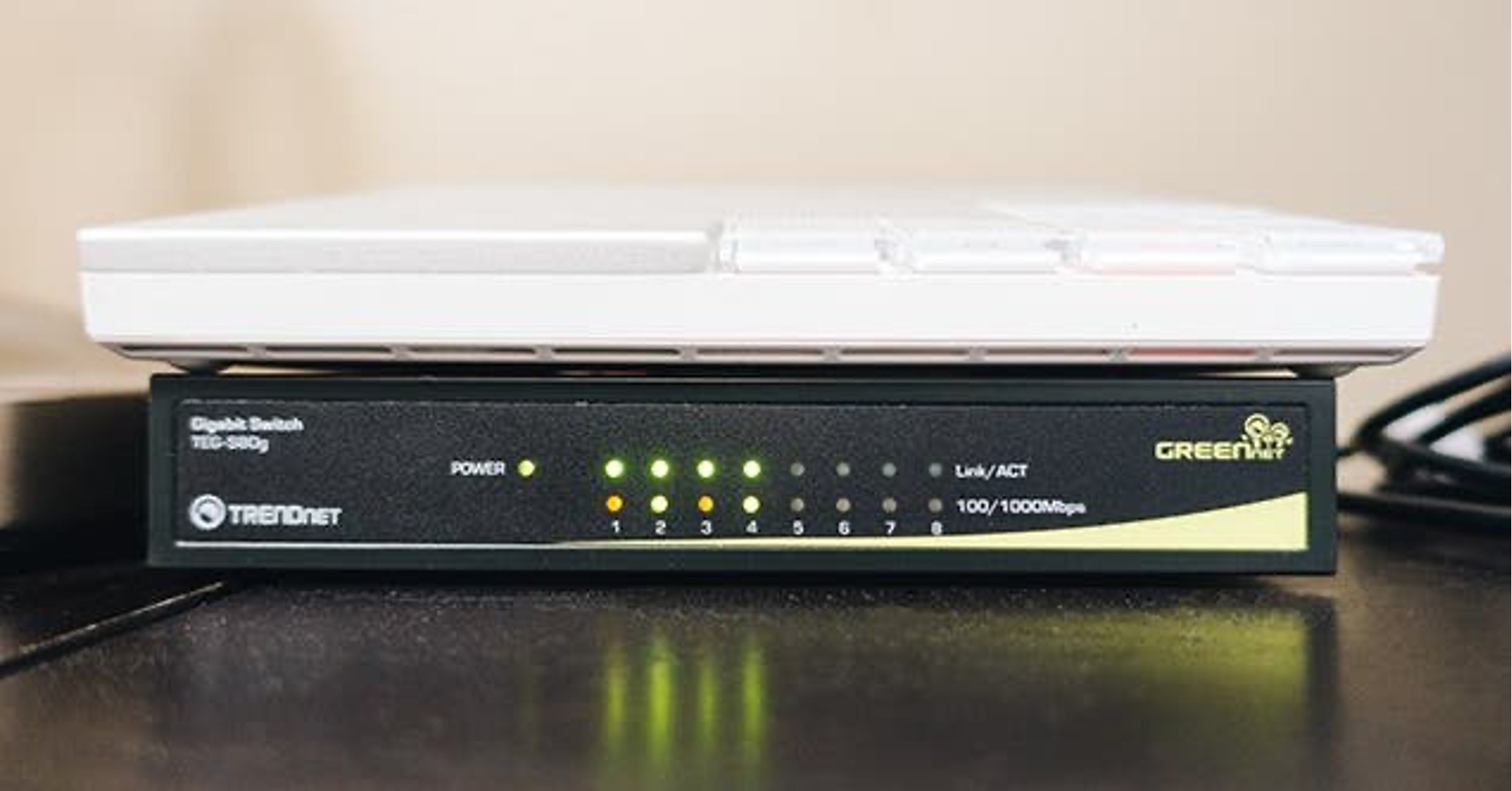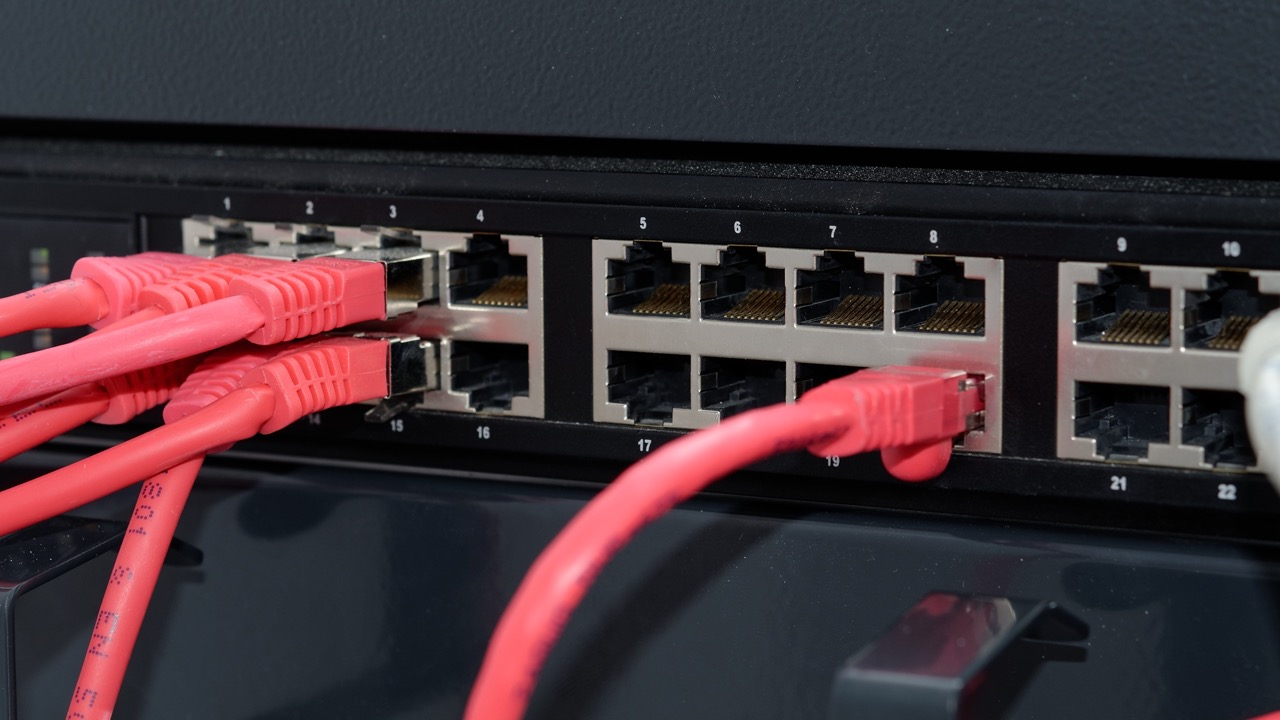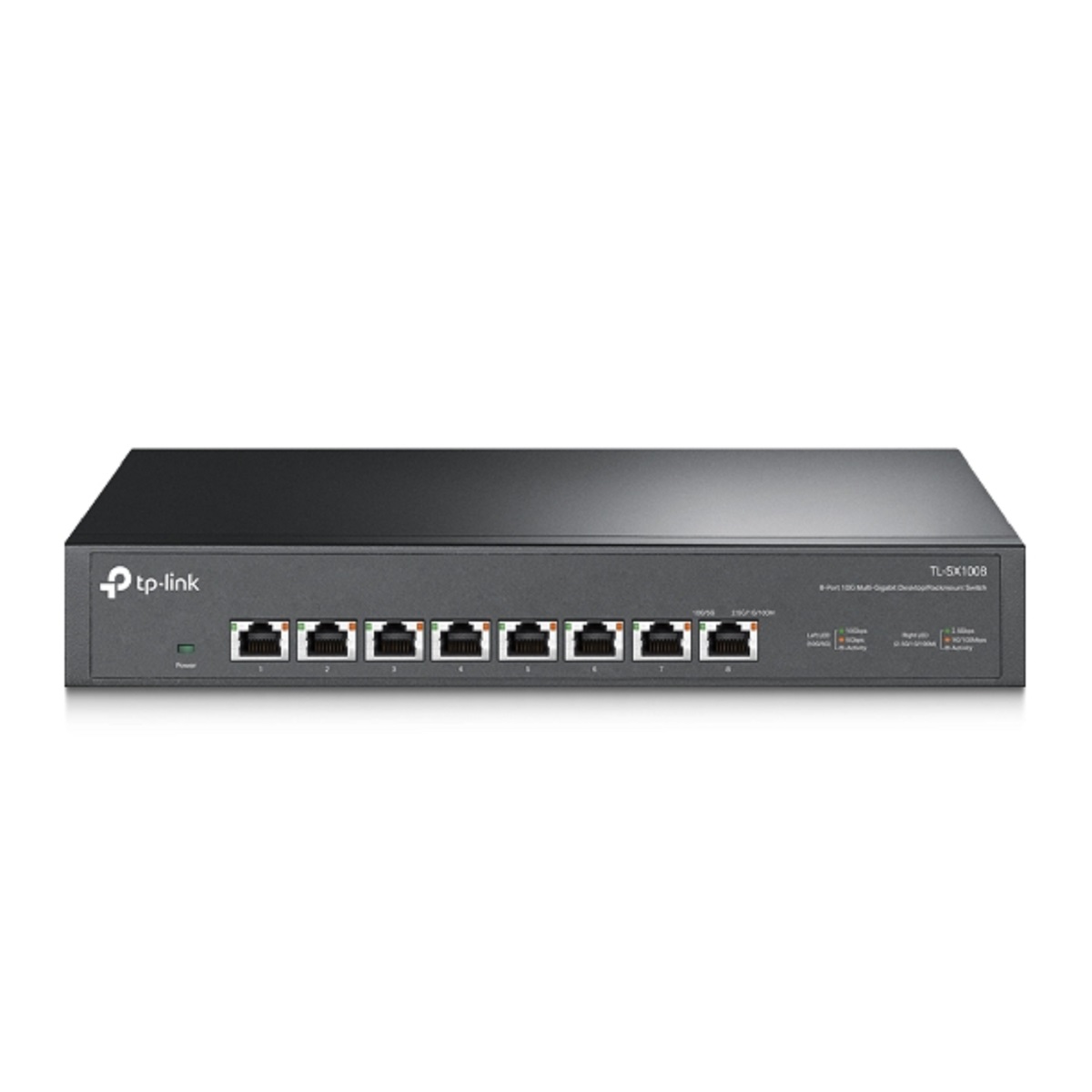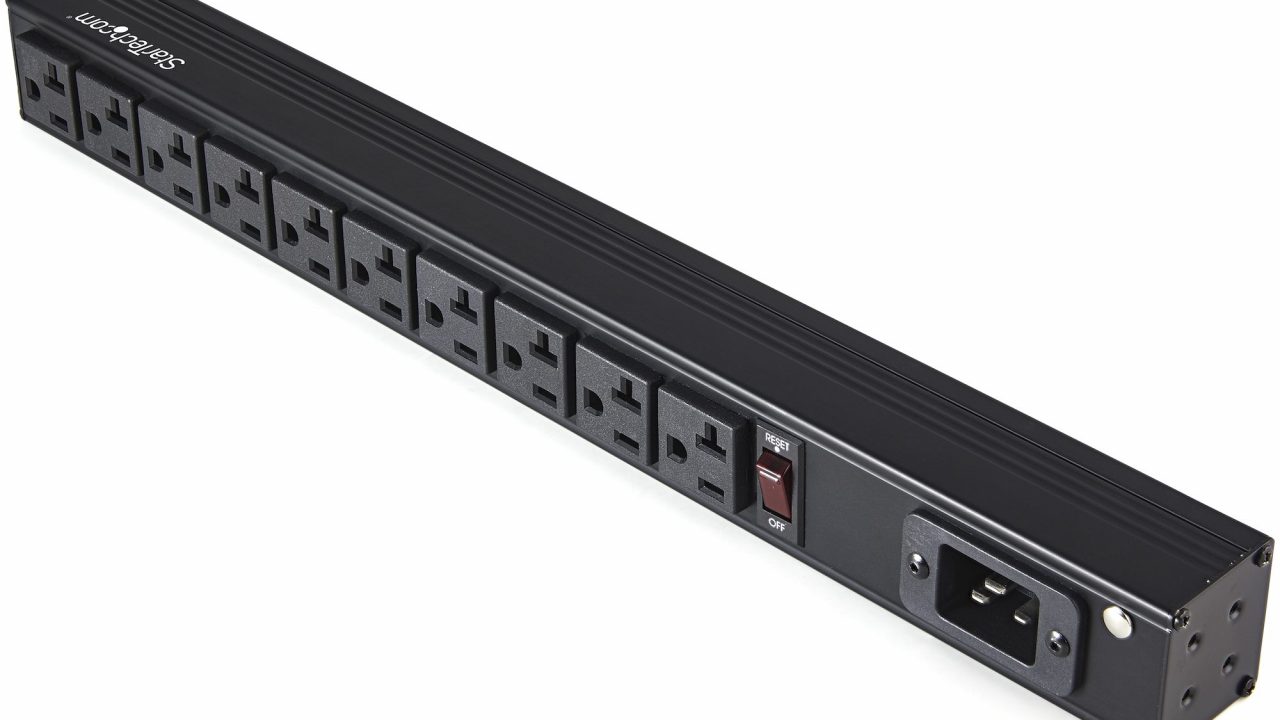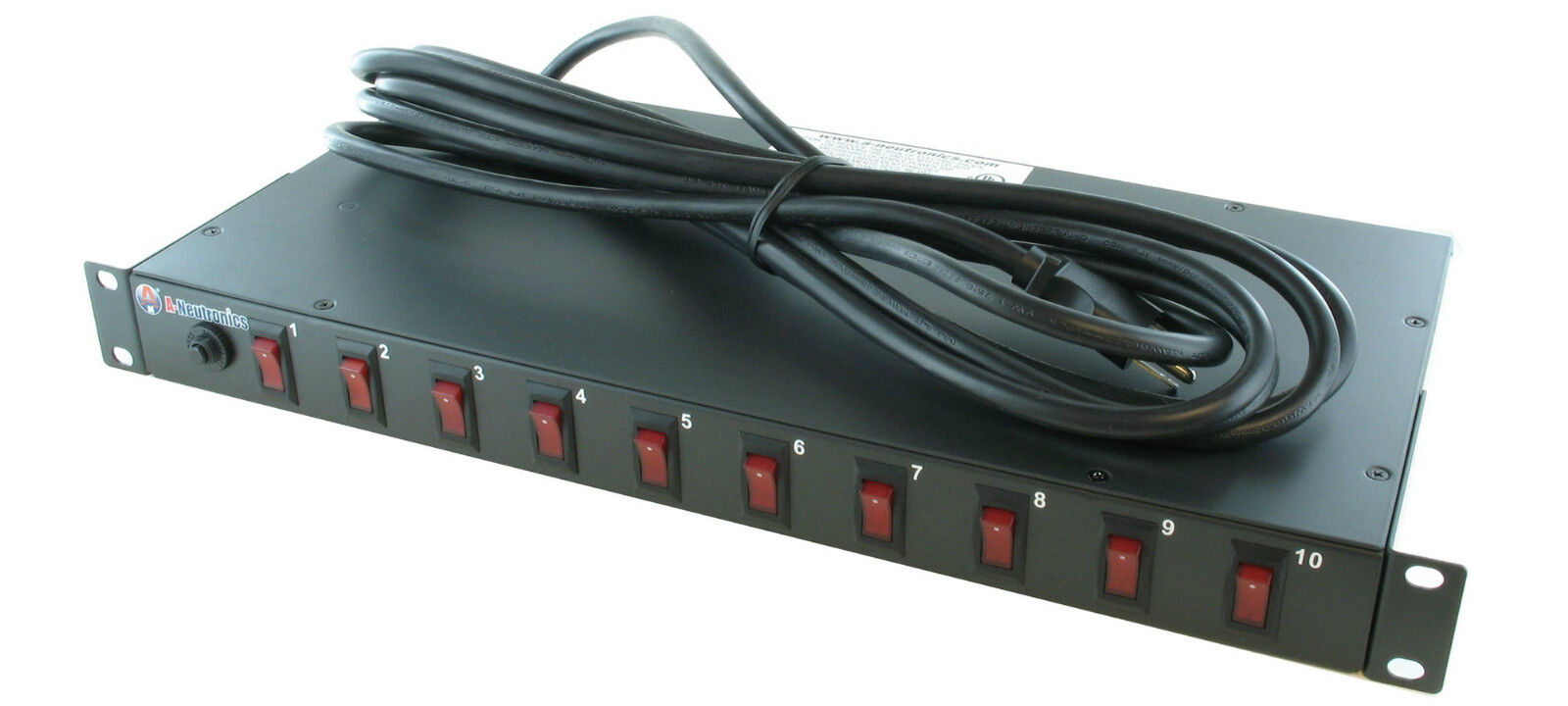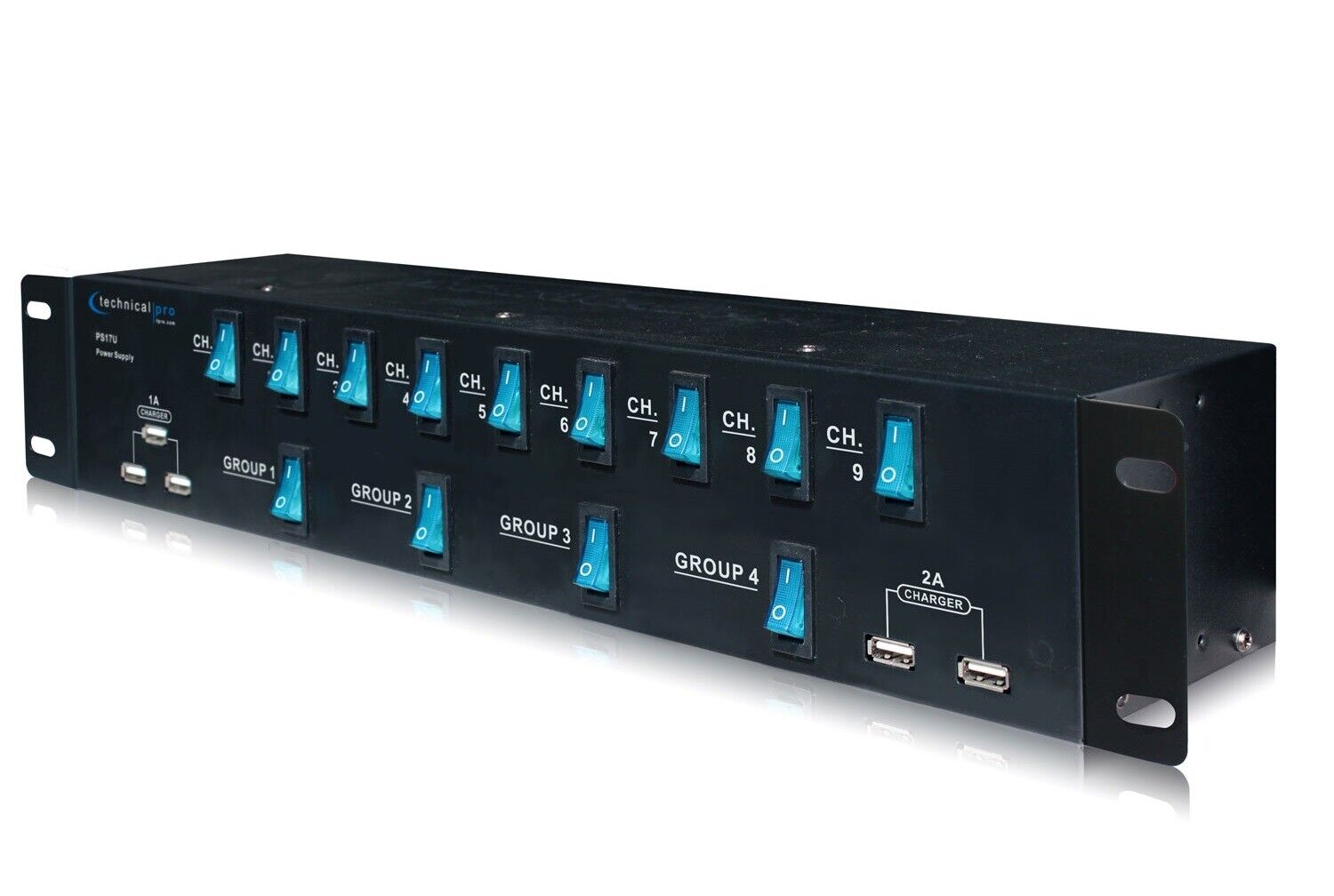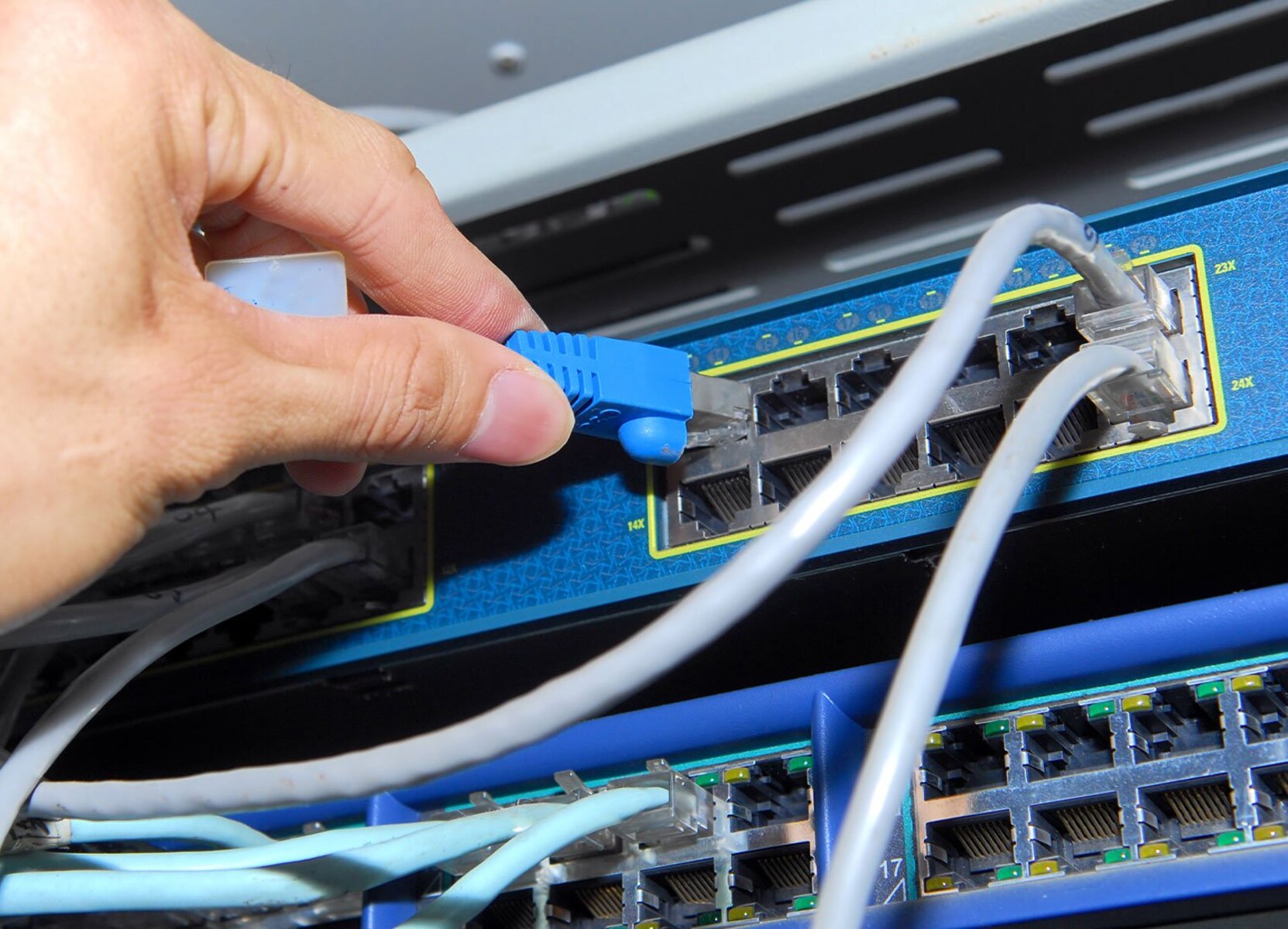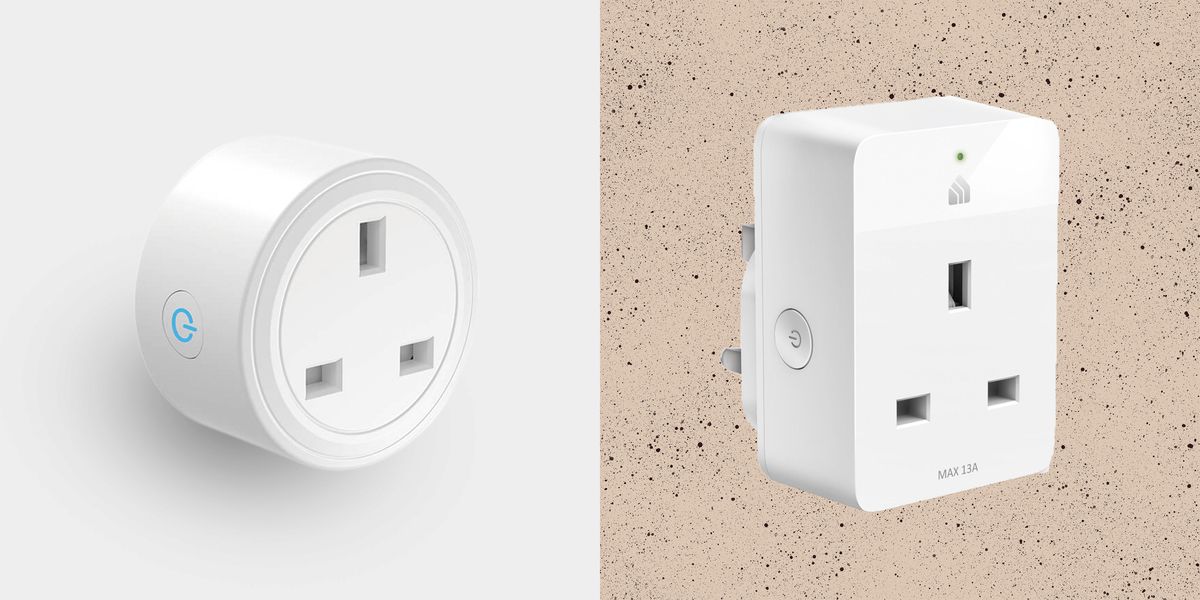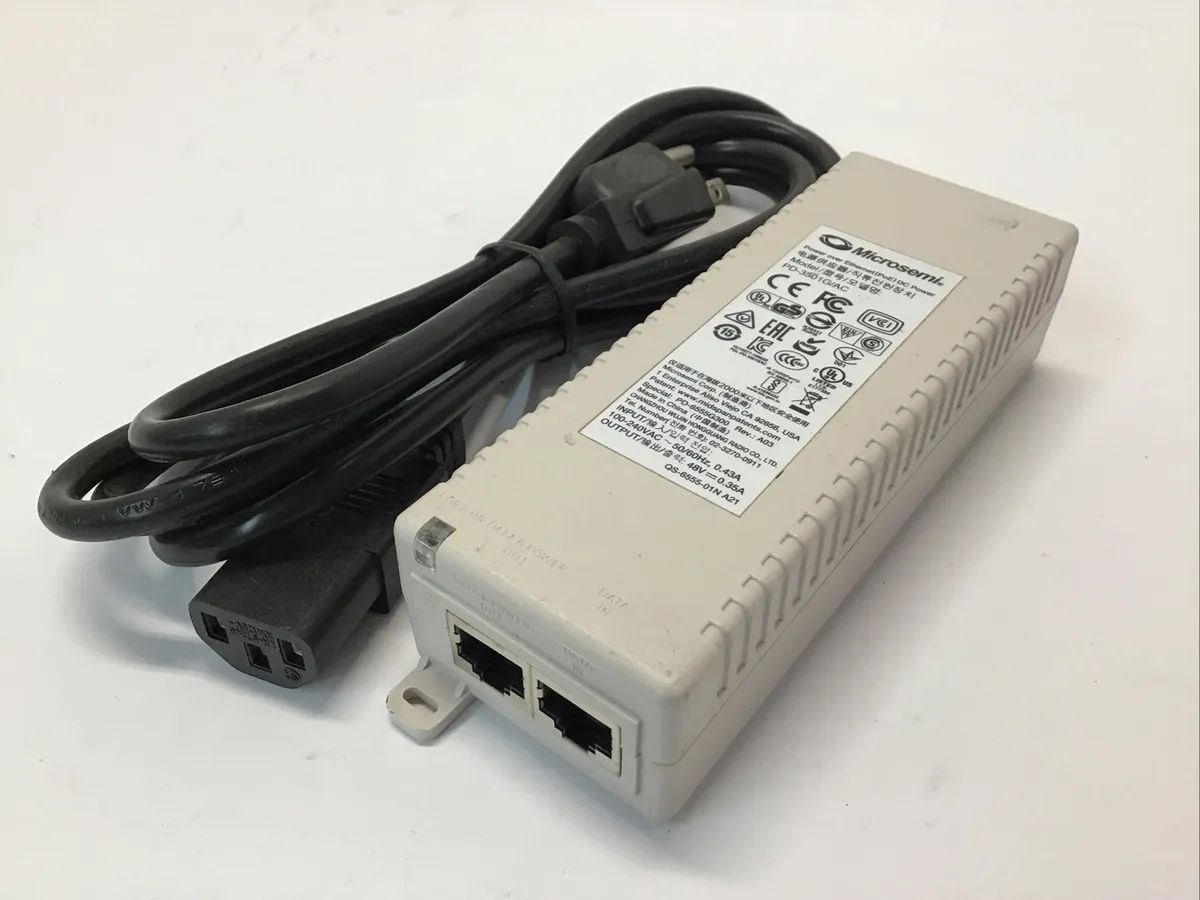Introduction
Powering a network switch without access to a traditional electrical outlet may seem like a daunting task, but with the advancement of technology, there are several innovative solutions available. Whether you're setting up a network in a remote location, a temporary setup for an event, or simply looking for alternative power sources, there are various methods to consider. In this article, we'll explore different approaches to power a network switch without relying on a standard electrical outlet.
From utilizing Power over Ethernet (PoE) to harnessing the energy of the sun through solar panels, there are practical and efficient ways to ensure your network switch remains operational even in the absence of a conventional power source. Additionally, the option of using power banks and generators provides flexibility and reliability, catering to a diverse range of scenarios and requirements.
As we delve into each method, it's important to consider factors such as portability, sustainability, and power capacity. By understanding the capabilities and limitations of each approach, you can make an informed decision based on your specific needs. Let's explore these alternative power solutions and discover the possibilities they offer for powering network switches in various settings.
Using Power over Ethernet (PoE)
Power over Ethernet (PoE) technology presents a convenient and efficient way to power network switches without the need for traditional electrical outlets. With PoE, both power and data can be transmitted over a single Ethernet cable, simplifying the installation process and reducing the reliance on standard power sources.
One of the key advantages of PoE is its versatility, making it suitable for various environments, including remote locations where access to electrical outlets is limited. By utilizing a PoE switch or injector, power can be delivered to the network switch through the Ethernet cable, eliminating the need for a separate power supply. This not only streamlines the setup process but also enhances the flexibility of network deployments.
Furthermore, PoE technology aligns with the growing demand for energy-efficient solutions. By integrating power and data transmission into a single cable, PoE minimizes energy waste and offers a more sustainable approach to powering network equipment. This is particularly beneficial for organizations seeking to reduce their carbon footprint and operating costs while maintaining reliable network connectivity.
When implementing PoE to power network switches, it’s essential to consider the power budget of the PoE switch or injector and the power requirements of the network switch. Understanding these specifications ensures that the PoE infrastructure can adequately support the power needs of the network equipment, preventing potential performance issues.
Overall, PoE technology provides a practical and streamlined method for powering network switches, offering enhanced flexibility, energy efficiency, and simplified installation. By leveraging the capabilities of PoE, organizations and individuals can effectively power their network switches in diverse settings, contributing to efficient and reliable network operations.
Using a Power Bank
When traditional power sources are unavailable, utilizing a power bank offers a portable and versatile solution for powering network switches. A power bank, also known as a portable charger, is a compact device equipped with rechargeable batteries that can store electrical energy. These devices are commonly used to charge smartphones and tablets, but they can also be employed to provide temporary power to network switches in various scenarios.
One of the primary advantages of using a power bank is its portability. With a lightweight and compact design, power banks can be easily transported, making them suitable for temporary network setups in remote locations, outdoor events, or emergency situations. This portability ensures that network operations can continue uninterrupted, even in environments where access to electrical outlets is limited.
Additionally, the capacity of power banks can vary, ranging from smaller models designed for charging mobile devices to larger units with higher power outputs. When selecting a power bank for powering a network switch, it’s crucial to consider the power requirements of the switch and choose a power bank with a capacity that can sustain the operation of the network equipment for the required duration.
Furthermore, advancements in power bank technology have led to the development of models with fast-charging capabilities and multiple output ports, allowing for efficient and simultaneous power delivery to multiple devices, including network switches. This versatility enhances the practicality of power banks in diverse settings, catering to the power needs of various network configurations.
By leveraging the portability and energy storage capacity of power banks, individuals and organizations can maintain the functionality of their network switches without relying on traditional electrical outlets. Whether for temporary setups, outdoor deployments, or backup power during outages, power banks serve as a reliable and convenient power source, contributing to the resilience and continuity of network operations.
Using a Solar Panel
Harnessing the abundant energy of the sun, solar panels offer a sustainable and environmentally friendly method of powering network switches, particularly in off-grid or outdoor settings where access to traditional power sources is limited. Solar panels, also known as photovoltaic panels, convert sunlight into electricity, providing a renewable energy source that can be utilized to maintain the operation of network equipment.
One of the key advantages of using solar panels to power network switches is their ability to generate electricity in remote or off-grid locations. By capturing solar energy, these panels can charge batteries or directly supply power to the network switches, enabling continuous operation without relying on grid-connected electrical infrastructure. This autonomy makes solar panels an ideal choice for outdoor surveillance systems, remote monitoring stations, or temporary network deployments in areas without access to traditional power grids.
Moreover, solar panels contribute to sustainability and energy independence, aligning with the growing emphasis on eco-friendly and renewable energy solutions. By leveraging solar power for network switch operations, organizations and individuals can reduce their carbon footprint and energy costs while promoting environmental stewardship.
When implementing solar panels for powering network switches, it’s essential to consider factors such as panel efficiency, battery storage capacity, and the power requirements of the network equipment. Additionally, the positioning and orientation of the solar panels play a crucial role in optimizing energy capture, ensuring consistent power supply for the network switches.
Furthermore, advancements in solar panel technology have led to the development of rugged and weather-resistant panels designed for outdoor applications, enhancing their suitability for powering network switches in challenging environments. These durable panels can withstand varying weather conditions, providing reliable power generation for sustained network operations.
By harnessing the clean and renewable energy of solar panels, organizations and individuals can establish resilient and sustainable power sources for their network switches, fostering reliable connectivity and reducing dependence on traditional electrical infrastructure.
Using a Generator
When reliable power sources are essential for maintaining network operations in remote locations or during power outages, utilizing a generator offers a dependable and versatile solution. Generators are robust devices that convert mechanical energy into electrical power, providing a reliable source of electricity for a wide range of applications, including powering network switches.
One of the primary advantages of using a generator is its capacity to deliver consistent and high-power output, making it suitable for supporting the energy requirements of network switches, particularly in environments where access to traditional electrical infrastructure is limited. Generators come in various sizes and power capacities, allowing for flexibility in accommodating the specific power needs of network equipment.
Moreover, generators offer operational continuity, ensuring that network switches remain powered even in the absence of grid-connected electricity. This reliability is crucial for critical network deployments, emergency response systems, and temporary setups in remote areas where access to electrical outlets may be unavailable.
Additionally, advancements in generator technology have led to the development of fuel-efficient and portable models, enhancing their suitability for diverse applications. Portable generators, in particular, provide flexibility and mobility, allowing for temporary network setups in outdoor environments, construction sites, and disaster recovery operations.
When integrating a generator to power network switches, it’s important to consider factors such as fuel type, power output stability, and maintenance requirements. By selecting the appropriate generator model and implementing proper maintenance protocols, organizations and individuals can ensure the continuous and reliable operation of their network infrastructure.
Furthermore, generators serve as a valuable backup power source during emergencies and natural disasters, offering a reliable contingency plan for sustaining network connectivity in challenging circumstances. This resilience contributes to the overall stability and functionality of network operations, safeguarding critical communication and data transmission.
By leveraging the robust and dependable power supply provided by generators, organizations and individuals can maintain the operational integrity of their network switches, ensuring consistent connectivity and mitigating the impact of power disruptions in diverse environments.
Conclusion
Powering network switches without access to traditional electrical outlets presents unique challenges, but the diverse range of alternative power solutions offers practical and innovative methods to ensure continuous operation in various environments. From the versatility of Power over Ethernet (PoE) to the portability of power banks, the sustainability of solar panels, and the reliability of generators, there are several options to consider based on specific requirements and scenarios.
Each method offers distinct advantages, catering to different use cases and environments. Power over Ethernet (PoE) technology simplifies installation and enhances energy efficiency, making it suitable for diverse network deployments. Utilizing power banks provides a portable and convenient power source, ideal for temporary setups and outdoor applications. Solar panels offer sustainable and off-grid power solutions, contributing to energy independence and environmental sustainability. Generators deliver reliable and high-power output, ensuring operational continuity in remote locations and during emergencies.
By understanding the capabilities and considerations associated with each power solution, individuals and organizations can make informed decisions to effectively power their network switches, maintaining reliable connectivity and operational resilience. Whether in remote outdoor locations, temporary setups, or emergency response scenarios, the availability of alternative power sources ensures that network switches can remain operational, contributing to seamless communication and data transmission.
As technology continues to advance, the evolution of power solutions for network switches will likely introduce further innovations, enhancing efficiency, sustainability, and reliability. It is essential for network administrators, IT professionals, and organizations to stay informed about these developments to leverage the most suitable power solutions for their specific needs.
Ultimately, the ability to power network switches without traditional electrical outlets underscores the adaptability and resilience of modern networking infrastructure, enabling connectivity and data transmission in diverse and challenging environments.







